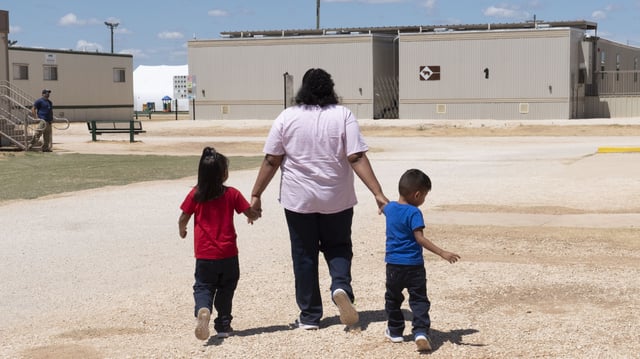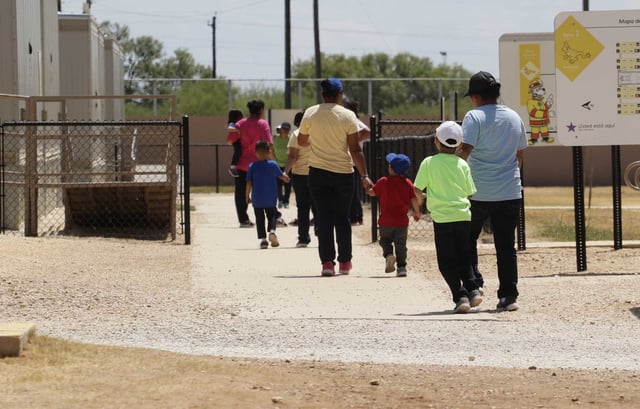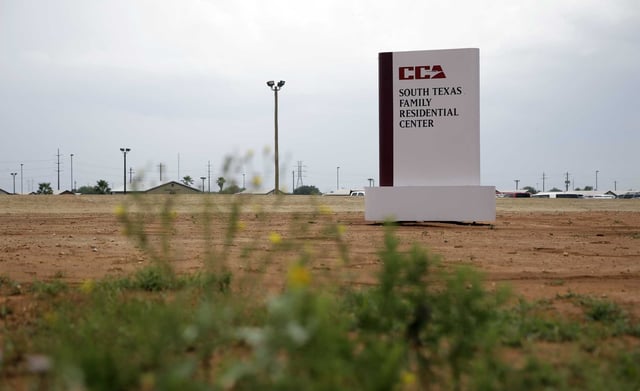Overview
- CoreCivic announced the reopening of the South Texas Family Residential Center in Dilley under a new agreement with ICE and the city of Dilley, effective through March 2030.
- The 2,400-bed facility, built in 2014, was previously used during the Obama and Trump administrations but closed in 2024 following Biden's phase-out of family detention in 2021.
- CoreCivic stated the facility will provide residential services, including recreational activities, counseling, and access to legal and religious support, though details on who will be detained remain unclear.
- The Dilley center has faced past criticism, including allegations of inadequate medical care and psychological distress for detainees, raising concerns among advocates.
- This reopening aligns with ICE's increased demand for detention capacity, as family arrivals accounted for one-third of border crossings last year.



